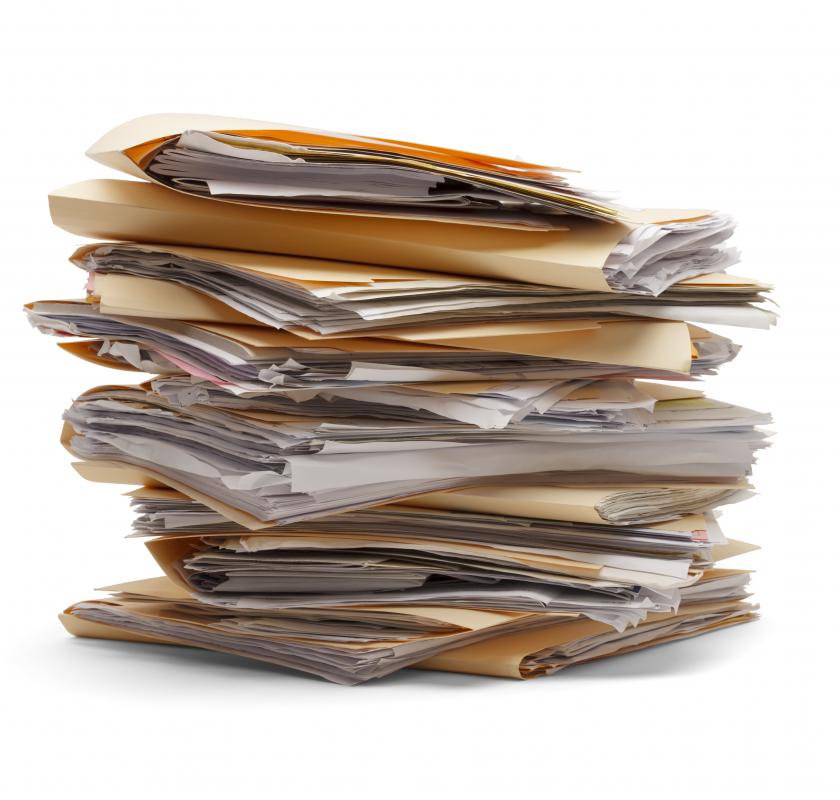 |
| http://images.wisegeek.com/stack-of-folder-stuffed-full.jpg |
I remember starting off my teaching career and feeling really overwhelmed when filling in that 'Assessment' box on my termly and fortnightly plans. I knew I had a folder full of great assessment ideas from college, but it seemed like a lot of these were quite impractical and required an awful lot of ongoing work throughout the year to undertake. Eventually after teaching for a couple of years, I managed to sort out some easy, low maintenance strategies which told me all I needed to know about how the children I taught were progressing.
These are some of the main assessment methods I use in a senior class. I know most of you are probably using most of these things already (there's nothing very original/innovative here!!), but hopefully they might be useful for anyone starting out or even those of you new to the class level:
 |
1. Thumbs: When I have explained something or we are just about to begin a Maths exercise I will ask the children to put their heads on the table and give me a 'thumbs': Thumbs down if they don't understand, thumbs sideways if they are nearly there or thumbs up if they understand completely.
2. Ongoing Maths Observational Records: I keep this sheet handy so that I can write in the children who find a certain topic difficult so that when it comes to revision of a topic, I know who I need to keep a close eye on. I also broke children up into groups at the end of the year using this list and gave each group a mini lesson on the topic they struggled with during the year. It worked really well!

3. Art Scrapbook: When I have finished displaying the children's work, they stick it into their scrapbook so that at the end of the year they can have a collection of all the art they have created to look back on.
4. Creative Writing: Self assessment is a huge method of assessment here. I get them to create a first draft with a WILF list on the board which we have discussed. Once they have completed this (usually the next day), I get the whole class to check for the first item on the list (e.g. Did I use capital letters, exciting sentence starters, etc) by giving them 5 minutes to read over their work and make changes in red pen. We then move on to the next item on the list and so on. Occassionally we repeat the procedure again but having swapped copies with a neighbour. First drafts and final drafts are kept in a scrapbook during the year with samples of each genre of writing.
 |
| http://emilytunstall9.wordpress.com/2014/01/11/walt-wilf/ |
5. Records of Friday Test Results: You can download my record sheets for childrens' test results from Dropbox here:
I also keep dividers in my assessment folder, labelled with each child's name to file tests under when they have been signed and returned to me. I put some writing samples for each child in here also throughout the year.
 |
6. Anecdotal Records: I have a project book (A4 with dividers in it) where I keep observational notes about children's behaviour or other notes which aren't recorded elsewhere, under each child's name.
7. P.E. Checklist: I used this for some lessons last year, but I'm hoping to use it more this year! I have listed skills required for each activity (games, gymnastics, dance, athletics) and simply tick the box when the child has acquired the skill. It is difficult to do every week, but doing it once and a while gives me a good idea of who is struggling in P.E. lessons and who needs to be more challenged.
 8. KWL Charts and Brainstorms: I get the children to write what they know about a topic on strips of paper before we cover it, write questions they want to find out the answers to on another strip of paper and finally, at the end of a topic they each make a little fact book/write a few bullet points about what they have learned and we create a class KWL chart. Brainstorms are also handy to gain prior knowledge and find out what they have learned at the end of a lesson.
8. KWL Charts and Brainstorms: I get the children to write what they know about a topic on strips of paper before we cover it, write questions they want to find out the answers to on another strip of paper and finally, at the end of a topic they each make a little fact book/write a few bullet points about what they have learned and we create a class KWL chart. Brainstorms are also handy to gain prior knowledge and find out what they have learned at the end of a lesson. 


No comments:
Post a Comment